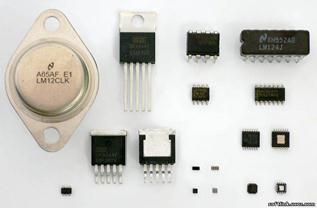QUESTIONS
1) What does the process of motivation depend on? 2) What does the inner form of a word mean? 3) What is the term motivation used to denote? 4) What is the phonetical motivation? 5) What is implied by the term morphological motivation? 6) What does the semantic motivation mean? 7) How do you understand the term semantic change of a word? 8) What factors influence semantic changes of words? 9) What are extra-linguistic causes of semantic change of words? 10)What linguistic causes of semantic change can be singled out? 11)What is the commonest form of linguistic causes? 12)What is discrimination/differentiation of synonyms meant? 13)What does fixed context denote as a linguistic cause of semantic change? 14)What is a necessary condition of any semantic change? 15)What are the basic types of association involved in various semantic changes? 16)How can you describe similarity of meanings or metaphor? 17)How can contiguity of meanings or metonymy be interpreted? 18)What are the results of the change of denotational aspect of lexical meaning? 19)What is restriction of meaning meant? 20)What is extension of meaning like? 21)What are the results of the change of connotational aspect of lexical meaning? 22)What does amelioration of meaning imply? 23)What does deterioration of meaning denote?
TASKS 1. Identify the type of motivation in the following words. Group the words according to their type of motivation: 1) phonetical; 2) morphological; 3) semantic. A) 1. Buzz – a low, continuous humming or murmuring sound, made by or similar to that made by an insect; 2) driver – someone who drives a vehicle, especially as his job; 3) click – a short sharp sound as of a switch being operated or of two hard objects coming smartly into contact; 4) careless – not taking enough care; 5) leg – the part of a piece of furniture such as a table or chair that supports it and raises it off the floor; 6) bang – a sharp knock or blow; 7) horse – a piece of equipment shaped like a large box that is used in gymnastics; 8) singlehood – the state of being single rather than married; 9) sizzle – a hissing sound, as of food frying or cooking; B) 1) W all – emotions or behavior that prevent people from feeling close to each other; 2) hand-made – made by hand, not machine; 3) piggish – selfish; 4) blue-eyed – having blue eyes; 5) boom – a loud, deep, resonant sound; 6) s ound bite – a short comment by a politician or another famous person that is taken from a longer conversation or speech and broadcast alone because it is especially interesting or effective; 7) leaflet – a small, often folded piece of printed paper, often advertising something, usually given free to people; 8) quack – the characteristic harsh sound made by a duck; 9) streamlet – a small stream (a natural flow of water).
2. State what kind of association is represented in the following set of words: 1. Hand – the hour hand; 2. Foot – the foot of a mountain; 3. Face – the face of the clock; 4. Leg – a chair leg; 5. Tongue – tongues of fire; 6. Eye – eye of a needle.
|




